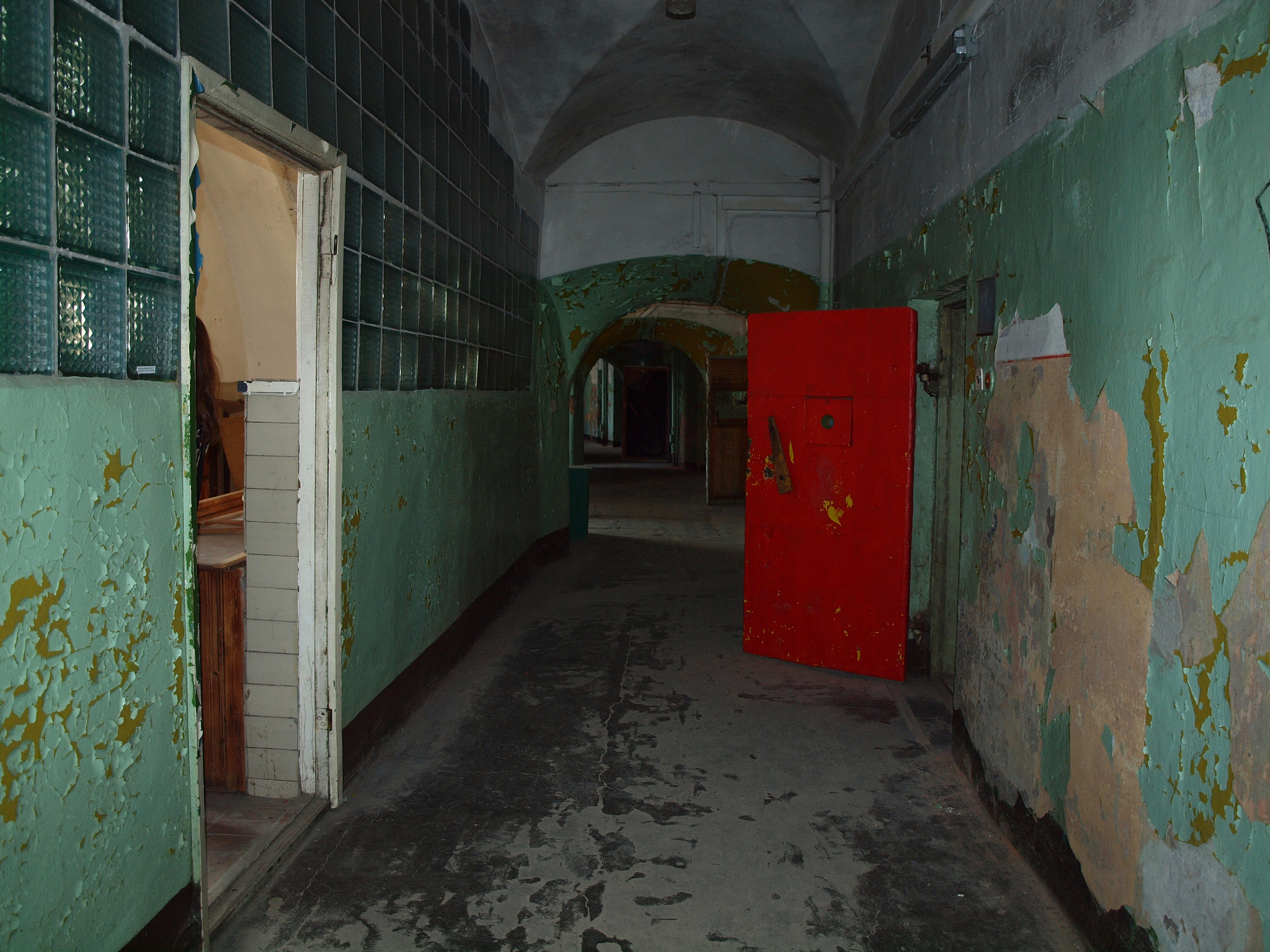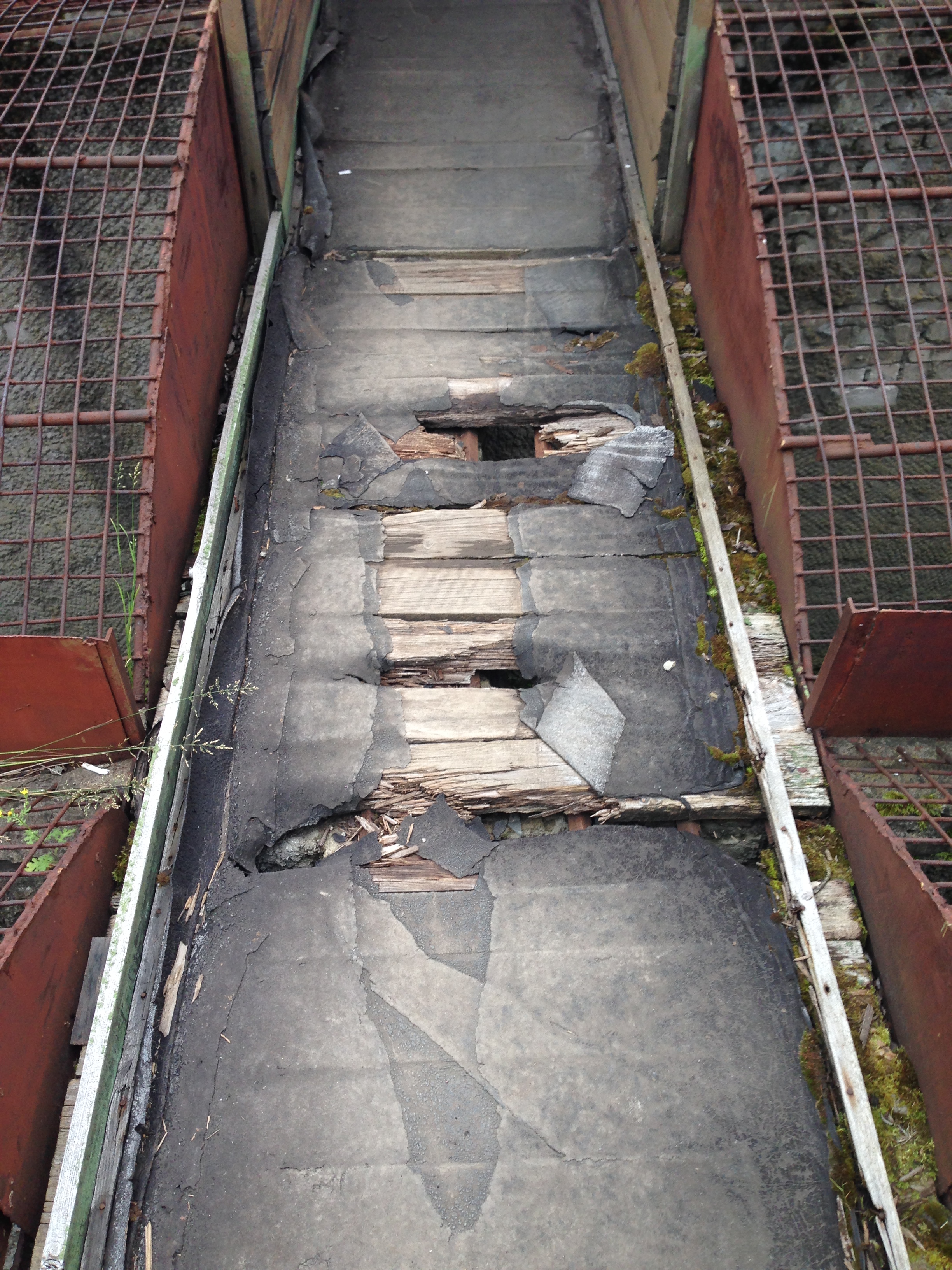Is Patarei Prison, Tallinn one of the most dangerous tourist attractions on the planet?
/What do the Half Dome at Yosemite National Park, Skellig Michael off the west coast of Ireland and Yungas Road in Bolivia have in common?
Bolivia's Yungas Road, also known as 'Death Road,' too. Image credit: Matthew Straubmuller/Flickr
Well, they are three of the most dangerous tourist attractions in the world.
They are places where the lives of people have been compromised, and thousands of others are put at risk each and every year to satisfy the lust of adventurous travellers.
Patarei Prison in Tallinn, Estonia wouldn’t look out of place on that list. And while it may not be able to match up in terms of fatality rate, it is certainly hazardous enough to put it into the realm of obscurity.
Everything about the place is just weird, odd and eerie – and that resonates before you even get through the barbed wire-clad gate.
The entrance to Patarei Prison is as ramshackled as the rest of the place.
Roughly a half-hour walk from the old town the now-abandoned prison sits on the waterfront, just metres down the road from the Seaplane Harbour museum.
Flanking the prison to the left, sandwiched in between that and the museum, is a self-proclaimed ‘beach café', which already begins to raise questions as there are no beaches in sight – only an abrupt coastline standing shoulder-to-shoulder with the Baltic Sea.
Patarei Prison gives you the impression that really bad things have happened there. Any idea why? Image credit: Anita/Flickr
Past that there’s a photo exhibition, showing and telling the stories of Estonia’s homeless, which runs from the top of the road all the way down to the courtyard where the entrance is.
And at its end is where the only member of staff that seems to be running the operation is sat.
She’s an old lady, most likely in her sixties with glasses, grey, wispy hair and a kind-hearted demeanour.
You’d imagine her sitting in front of the television plugging away at a crossword, or knitting a cardigan whilst the Estonian equivalent of Deal or No Deal serves as a silence breaker in the background.
But, no. She instead serves a purpose at the Patarei money collector, charging a seemingly reasonable €3 to gain entry, whilst also trying to palm off a souvenir guide on you for a bit of extra cash. Maybe her appearance is all part of the act.
It wouldn’t be unreasonable to expect some sort of welcome when entering the building. Not that the prisoners that were at one time held at Patarei would have had the same courtesy
Maybe even a plaque, or board, or wall fitting – just something to give a brief overview of the history, and the place you’re about to enter. A little nibble of the Patarei Prison steak, if you will.
Yet there is nothing, only curiosity and desire are the driving force behind exploring one of the most well-preserved Soviet prisons, which probably says more about the others than it does this one.
Desolate hallways are a Patarei Prison hallmark. Image credit: Anita/Flickr
Shrouded in mystery, for somewhere so old and unique, it’s strange to see that no-one has taken the time to create a Wikipedia page for the prison, let alone decorate its long corridors and unkempt cells with any information whatsoever.
Though research can be done when you next find Wi-Fi, right?
As it turns out, the prison is almost 200 years old. In 1828, Nicholas I of Russia actually mandated the building of a sea fortress on the Baltic coast in north Tallinn.
It was introduced as a cannon battery in 1840, occupying an area of 10 acres. It didn’t convert to a state prison until 80 years later, and remained that way until as recently as 2002, when it was presumably deemed that the prisoners should be placed somewhere at least half-humane.
‘If these walls could talk,’ is an immediate afterthought.
After all, the place is in a state of abandonment and disrepair, and it is still clearly in use after hours, made apparent by the floor barely being visible through a sea of empty alcohol containers.
There were also outdoor cells where prisoners would be held.
Maybe there’s an apt reason why an exhibition raising awareness of homelessness is on display just outside.
The many halls, rooms and outdoor areas merge together to form a confusing labyrinth, and getting lost shouldn’t be an uncommon occurrence.
One of Patarei Prison’s most disappointing flaws is its lack of lighting. There are a lot of pockets of darkness inside, and a mobile phone torch can only illuminate so much.
Going in broad daylight is highly advised as the natural daylight will give far more illumination than the sparsely distributed set of working lightbulbs could ever hope to.
Then there’s the distinct lack of health and safety adherence, though that’s only if there are actually any guidelines that need sticking to.
Brittle floorboards and tourist attractions don't often go hand-in-hand.
Full access to rusted guard’s towers, walking on floors with loose floorboards and gaping holes, and debris minefields present plenty of obstacles for visitors to watch out for, making the potential for injury quite high.
It wouldn’t be shocking to find out that the equipment in the medical wing hadn’t been steralised, and is lying as it was left 13 years ago.
The abandoned medical wing.
There’s also a room containing what can only be assumed as torture equipment, and may give some insight of the practices in the prison when it was operational.
A prison cell or torture chamber? You decide.
It could be considered a poorly-executed attempt at an attraction by the city’s tourism board. But perhaps it brings about the ultimate irony, giving visitors explorative freedom in a place that was meant to take that exact thing away from its inhabitants.
In reality, behind the danger and bizarreness, lies a candid look inside a legitimate prison setting. No rose-tinted glassed and no restoration works to pave over the harrowing memories that undoubtedly linger in the salted air.
So next time a travel writer compiles a list of the world’s most dangerous tourist attractions, they should take a glance at Patarei Prison, and consider giving this perilous playground a spot.
A tour of Patarei Prison by YouTuber Trogain.
























Digital nomads are constantly having to adapt due to their ever-changing lifestyle - but SafetyWing are finding a way to make location independence more robust.